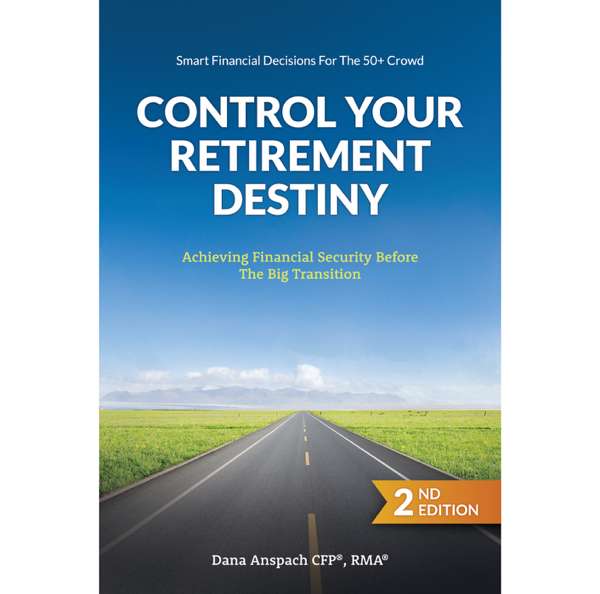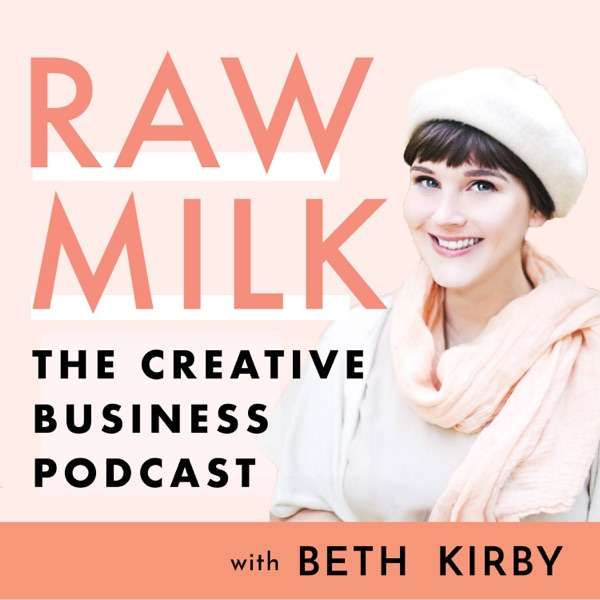THE PODCAST ABOUT PERSONAL FINANCE & RACIAL ECONOMIC INCLUSION: From how we bank, to how our credit scores are calculated, to how we are kept in the dark about investing, to how we pay our taxes, the system is set up for us to get caught in a debt/poverty cycle and stay running just to tread water. The rules change all the time so the people on top stay on top. What if you not only knew the rules, but knew exactly how to apply it to your own financial situation? What if you were able to not only reverse your financial mistakes, but start making the rules work for you? If you’re ready to See Change, tune in! Check out brunchandbudget.com for more resources • • • • • • • • • • • • • • • • • • • • • • • • DISCLAIMER: The information in this presentation provided “AS IS” and without warranties of any kind either express or implied. To the fullest extent permissible pursuant to applicable laws, Brunch & Budget, LLC (referred to as “Brunch & Budget”) disclaims all warranties, express or implied, including, but not limited to, implied warranties of merchantability, non-infringement and suitability for a particular purpose. Brunch & Budget does not warrant that the information will be free from error. None of the information provided in this presentation is intended as investment, tax, accounting or legal advice, as an offer or solicitation of an offer to buy or sell, or as an endorsement of any company, security, fund, or other securities or non-securities offering.The information should not be relied upon for purposes of transacting securities or other investments. Your use of the information is at your sole risk. Under no circumstances shall Brunch & Budget be liable for any direct, indirect, special or consequential damages that result from the use of, or the inability to use, the materials in this site, even if Brunch & Budget or a Brunch & Budget authorized representative has been advised of the possibility of such damages. In no event shall Brunch & Budget, LLC have any liability to you for damages, losses and causes of action for accessing this site.Information on this site and in this podcast should not be considered a solicitation to buy, an offer to sell, or a recommendation of any security in any jurisdiction where such offer, solicitation, or recommendation would be unlawful or unauthorized.
- Home
- Top Charts
- Top Networks
- Top Apps
- Top Independents
- Top Podfluencers
- Top Picks
- Top Business Podcasts
- Top True Crime Podcasts
- Top Finance Podcasts
- Top Comedy Podcasts
- Top Music Podcasts
- Top Womens Podcasts
- Top Kids Podcasts
- Top Sports Podcasts
- Top News Podcasts
- Top Tech Podcasts
- Top Crypto Podcasts
- Top Entrepreneurial Podcasts
- Top Fantasy Sports Podcasts
- Top Political Podcasts
- Top Science Podcasts
- Top Self Help Podcasts
- Top Sports Betting Podcasts
- Top Stocks Podcasts
- Podcast News
- About Us
- Podcast Advertising
- Contact

 Our TOPPODCAST Picks
Our TOPPODCAST Picks  Stay Connected
Stay Connected







